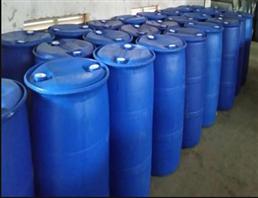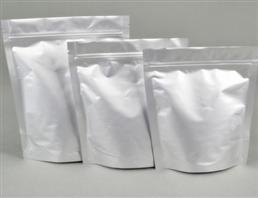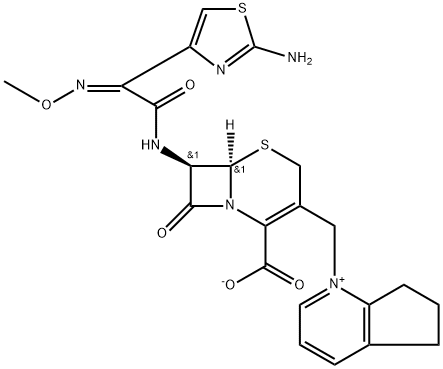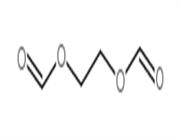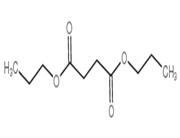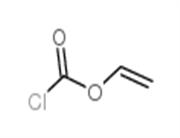Antimicrobial activity
A semisynthetic aminothiazoyl cephalosporin formulated as the sulfate for parenteral administration. Activity against common pathogens is similar to that of cefotaxime and ceftriaxone, but it is more active against Ps. aeruginosa. Unlike other cephalosporins it exhibits activity against some strains of enterococci (MIC 4–16 mg/L), but this is of doubtful clinical benefit. It is generally very stable to β-lactamases. It is active against strains of Enterobacter spp., Citrobacter spp., Hafnia spp., Providencia spp., Ser. marcescens and Pr. vulgaris producing molecular class C cephalosporinases. Sten. maltophilia is resistant.
A 1 g intramuscular injection produces a plasma concentration of 25 mg/L after 1.6–2.3 h. A similar intravenous dose achieves a peak concentration of 97 mg/L. The plasma half- life is 1.4–2.3 h and protein binding is around 10%. It is well distributed, achieving therapeutic concentrations in tissues and exudates. It penetrates poorly into CSF in the absence of meningeal inflammation, but concentrations around 2–4 mg/L have been found in patients with purulent meningitis.
Little, if any, of the drug is metabolized and most is excreted unchanged in the urine within 12 h, mainly by glomerular filtration. Clearance declines in proportion to renal function. Around 60% of the drug is removed in 3 h by hemodialysis. Low concentrations are found in breast milk.
Side effects are those common to other cephalosporins. Diarrhea is common and occasional cases of pseudomembranous colitis have been reported.
It is mainly used in the treatment of serious sepsis, particularly nosocomial infections in which resistant Gram-negative pathogens are known or suspected to be involved. It is not widely available, but is marketed in Japan.
Clinical Use
Cefpirome (Cefrom) is a newer parenteral, -lactamase–resistant cephalosporin with a quaternary ammonium groupat the 3-position of the cephem nucleus. Because its potencyagainst Gram-positive and Gram-negative bacteria rivals thatof the first-generation and third-generation cephalosporins,respectively, cefpirome is being touted as the first fourthgenerationcephalosporin. Its broad spectrum includesmethicillin-sensitive staphylococci, penicillin-resistantpneumococci, and β-lactamase–producing strains of E. coli,Enterobacter, Citrobacter, and Serratia spp. Its efficacyagainst P. aeruginosa is comparable with that of ceftazidime.Cefpirome is excreted largely unchanged in the urine with ahalf-life of 2 hours.

 China
China





